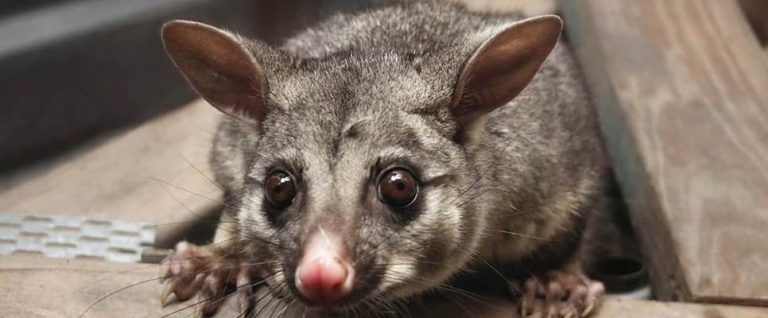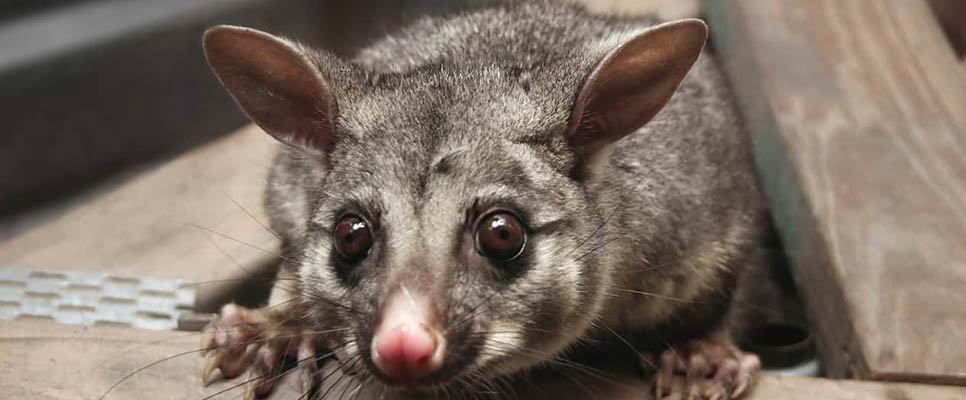
Possums can be a nuisance to many homeowners, as they can often get into ceilings or roofs and cause damage to your house. Not only are they noisy, but they can also carry several diseases. They can get into your home through small cracks and crevices. If you’ve noticed a possum getting into your ceiling or roof, there are some steps you can take. These steps can help you stop them from getting in.
One of the most effective ways to keep possums out of your ceiling or roof is to make sure that all entry points are sealed. Check your roof, eaves, and walls for any cracks or holes. You can use caulk or other materials to close them up. Make sure to use materials that are weatherproof and long-lasting. As possums can be quite persistent in their attempts to get in. Additionally, you can use mesh or wire to cover up potential entry points or you can hire a professional roof possum removal service.

Potential reasons why Possums want to get into your house:
1. Possums are naturally curious creatures, so they often explore their surroundings, including going into your ceiling or roof.
2. Possums are also great climbers, so they can easily access these areas.
3. Possums may be looking for a safe, dry place to sleep and nest.
4. Possums love warmth and shelter, making your ceiling or roof an ideal location.
5. Possums may also be drawn to the scent of food. So if you have stored food in your ceiling or roof, they may be drawn to it.
6. Possums may also be attracted to the scent of your pets or other animals. So if there are any in your home, they may be drawn to the scent and enter your ceiling or roof.
7. If there is a hole or an opening in your ceiling or roof, possums may be able to squeeze through and enter your home.
8. Possums may also love the dark, quiet environment of your ceiling or roof and may consider it a safe place to hide.
What are the potential things you could do to keep Possums out of your roof:
- The first thing you should do is seal up any potential entry points, such as holes and cracks. Look for any gaps or holes that a possum could fit through, and fill them with steel mesh or another durable material. Be sure to check around windows, doors, and vents, as these can also be possible entry points.
- You should also consider installing deterrents such as motion-activated lights or ultrasonic repellents. Motion-activated lights will scare away possums when they detect movement, while ultrasonic repellents will send out high-frequency sounds that possums find unpleasant, but that humans can’t hear.
- If you have a yard, make sure to keep it clean and tidy. Remove any potential food sources such as fallen fruit and birdseed, as these can attract possums. If you have compost bins, make sure to keep them securely lidded.
- If you have possums in your ceiling or roof, it’s best to call a professional Roof, Under Deck or Backyard Possum Removal Perth company to handle the removal. Professionals have the necessary skills and equipment to safely and humanely remove possums from your home.
- Finally, it’s important to remember that possums are protected animals in many states, so it’s illegal to harm or kill them. If you have a possum in your home, contact your local animal control or Humane Possum Removal Perth center for help.
Conclusion
In conclusion, possums can be a nuisance, and it’s important to take steps to prevent them from entering your home. Seal up any potential entry points, such as holes and cracks in your roof and ceiling. You should also consider installing deterrents such as motion-activated lights or ultrasonic repellents. Make sure to keep your yard clean and tidy, and remove any potential food sources. If you have possums in your home, contact a professional Humane Possum Removal Perth company or your local animal control or wildlife rehabilitation centre. By taking these steps, you can help keep possums out of your home and prevent them from causing damage or spreading diseases.
Published on: January 31, 2023
Last updated on: July 14, 2023
